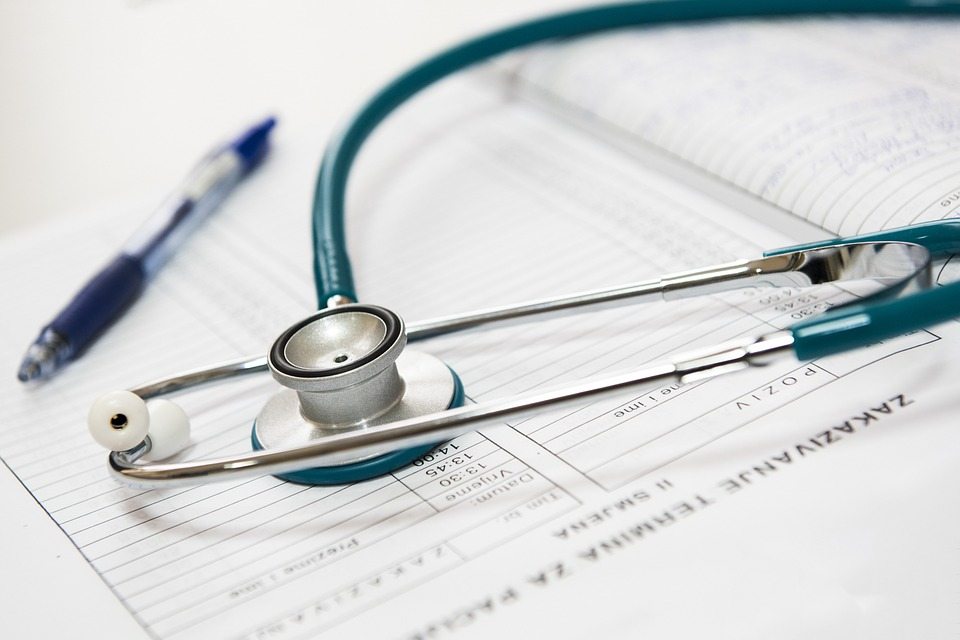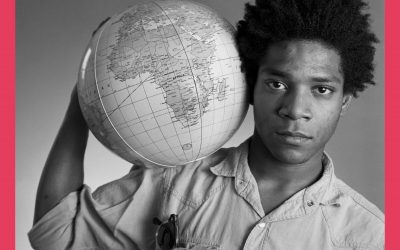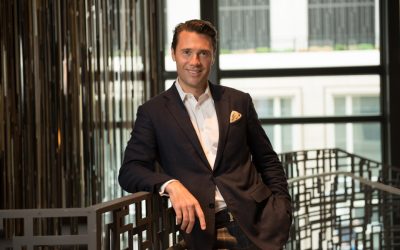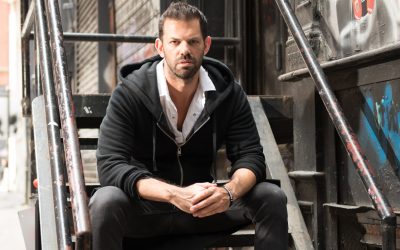We’ve all experienced it at one time or another. Maybe you, a friend or a family member has been injured, you stumble while carrying a heavy item, get a bad burn from grease splatter, or maybe your child has spiked a high fever over the weekend or in the middle of the night. The time you take to decide if you should go to the emergency room may be the difference between life and death. Emergency physicians are educated in all medical areas. Hospital emergency departments provide medical care at any time, day or night, and in emergency rooms you will find the heroes—physicians who choose to go into emergency medicine. The knowledge required to competently practice Emergency Medicine is vast and must be combined with compassion and skill.
Downtown had the opportunity to sit down with Dr. Robert Tanouye from NewYork-Presbyterian Lower Manhattan Hospital for our reoccurring column RX for Your Health, where we introduce you to the outstanding medical professionals right here in our own community.
Dr. Robert Tanouye practices emergency medicine at New York-Presbyterian Weill Cornell Medical Center and NewYork-Presbyterian Lower Manhattan Hospital. He holds an undergraduate degree from the University of California, Los Angeles in addition to a master’s degree in business administration and a medical degree from Tufts University School of Medicine. Dr. Tanouye completed his residency training in emergency medicine at New York-Presbyterian Hospital. Dr. Tanouye is an instructor in medicine at Weill Cornell Medical College.
DTM How do you feel advances in medical technology affect you and your fellow emergency medicine doctors here in NYPLMH?
Dr. Robert Tanouye Integrating technology into Emergency Medicine care can be both challenging and beneficial. For example, with the help of technology, a bedside blood test can provide doctors in the emergency room with critical information about a patient’s organ function and blood chemistry in five minutes, instead of waiting one hour to send the specimen to a lab and receive results. However, this technology can take time for clinicians to adapt to, and sometimes requires many steps, as well as much patience and involvement from bedside nurses, functional IT integration, and physical supplies for this process to be seamless and widely accepted.
DTM Since medical technology is always evolving, what is a recent innovation NewYork-Presbyterian Lower Manhattan Hospital Emergency Department has implemented and how do you feel it will make the most significant impact in your ER?
RT Telemedicine is in the early stages of changing how clinicians provide and patients experience ER care. However, at NewYork-Presbyterian Lower Manhattan Hospital, we’re already seeing how Telemedicine is streamlining patient care and enhancing patient’s overall experience in and outside of a traditional care model. For example, using the NYP OnDemand app, patients now have the ability to see a board-certified emergency medicine physician who can assess and treat them via a smartphone, tablet or computer, without them having to set foot in a physical emergency room setting for some non-life threatening health issues. Telemedicine is also allowing physicians to be more efficient in saving patients’ lives by having a provider in an ambulance triage, allowing a patient to begin their workup within minutes, regardless of how busy the physical ER is. In addition to the NYP OnDemand mobile app, patients can access NewYork-Presbyterian’s Telemedicine services staffed by Weill Cornell Medicine faculty at their local Duane Reade/Walgreens pharmacy, inside of the physical emergency department, also known as ED Express Care for low acuity health concerns, and also on an ambulance to provide life-saving care for stroke patients.
DTM What is one process you would like to see digitized, and how would that help NYPLMH emergency medicine?
RT Emergency Department Follow up care: (a) to help patient reconcile their daily medications with any additional medications added by the ED; (b) to facilitate ED Navigation to follow up appointments, which we perform via telephone currently; (c) to provide next 48-hour symptom check-up
DTM What lead you to choose emergency medicine?
RT The Emergency Department just felt like the only place I could both be stimulated as a physician and envision making an organizational difference. My parents are both in medicine. I grew up visiting my father in resident call rooms in hospitals and being around my mother work who worked as a nurse. I was often around physicians at medical conferences, so I was exposed to a lot of facets of medicine and physicians. Frankly, I didn’t find much of it very stimulating and often boring, which is why I pursued a passion of mine out of college and my pre-med degree; food and restaurant management. After volunteering in an ER during my restaurant years, I realized that Emergency Medicine could afford me the face-to-face service and brigade-style teamwork that I’d enjoyed in the restaurant world, but with the ability to help people in a different way.
DTM You see everything from trauma to birth in the ER, what are some of the most common medical issues and when should a patient know to go to the ER?
RT “When should I go to the ER” is one of the most nuanced and difficult patient questions I field. Typically regarding going to the ER, my answer is, “When you feel something is not right and you’re worried something is wrong.” This focuses people on their symptoms rather than potentially misleading data. For example, we see many people who feel fine, but have a single high blood pressure reading at a local drug store or on an at home blood pressure cuff they purchased. As long as these patients have a physical exam that’s at their baseline and no physical complaints, the treatment in the ED is counseling and referral to ongoing medical care at the office of their primary care doctor or Cardiologist, especially since the risks of intervening in the ED outweigh the benefits.
DTM With all of the stress of emergency medicine, how do you unwind?
RT Traveling to places that evoke a simpler lifestyle. Food, agriculture, and travel go hand-in-hand for me. My girlfriend and I recently spent two weeks in the West African island country of Cape Verde. We hiked through terraced canyons where food is being grown and well water is used to irrigate crops. We also ate carpaccio from fish we saw pulled from local fishermen’s daily catch and stayed in an erupted volcano caldera with a village of 300 locals who recently rebuilt their houses. I also enjoy catching up with old friends from my business and restaurant days to maintain a sense of balance, as well as cycling when I can.
NewYork-Presbyterian Lower Manhattan Hospital offers a comprehensive range of services to patients in a caring, culturally sensitive environment with access to all of the specialties and resources of a major academic medical center. The hospital is affiliated with Weill Cornell Medical College, one of the top-ranked clinical and medical research centers in the country, and our physicians are credentialed members of its faculty. NewYork-Presbyterian Lower Manhattan Hospital is committed to pursuing clinical excellence and extending the many benefits of the Medical College’s groundbreaking research programs to our patients.
The only acute care facility serving the lower Manhattan community, this campus is vital to meeting the health care needs of millions of residents, workers, and tourists. Our Emergency Medical Services and state-of-the-art Emergency Medicine Department provide outstanding care. And our Wellness and Prevention Center offers a wide range of screening and treatment programs in the areas of women’s health, cardiovascular health, breast health, and preventive medicine.














